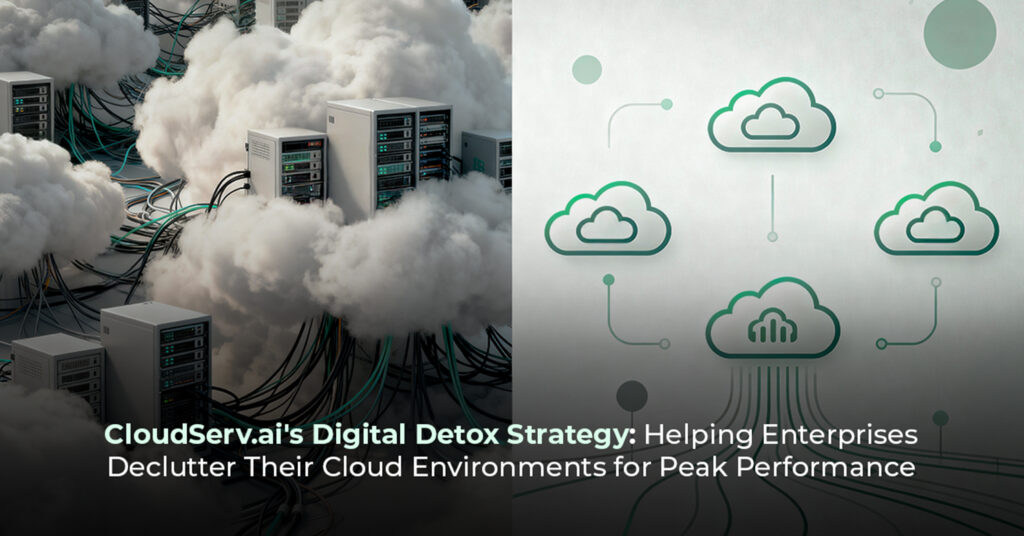The Illusion of “Run Anywhere” AI
Every cloud presentation promises it: “Build once. Run anywhere.” In reality, most AI infrastructure teams know that portability isn’t blocked by GPUs or models it’s blocked by networking.
Yes, container images are portable. Yes, model weights can be replicated across object stores. But when it comes to moving inference endpoints, routing traffic across cloud boundaries, or shifting workloads dynamically during GPU price spikes or outages most teams hit a wall.
Not because of compute limitations, but because all their network identity, egress logic, and security policies are hardwired into a single cloud provider’s primitives.
So let’s shift the conversation. Instead of chasing complete portability (an expensive myth), let’s talk about something more powerful and realistic:
Controlled Optionality – building systems that don’t require multi-cloud… but won’t break if you ever need it.
The Hidden Lock-In: It’s Not the GPU It’s the Gateway
Cloud providers make networking deceptively easy… until you try to leave.
Here’s what usually gets you locked in:

In short: Models are portable. Network identity isn’t. And that’s what we need to design around.
Optionality as a Layer in Your Architecture Not an Afterthought
Optionality doesn’t mean over-engineering everything “just in case.” It means deliberately designing escape hatches in key places.
Here’s what that looks like in practice:
- Decouple service identity from cloud IAM use SPIFFE/SPIRE or workload-issued mTLS certificates instead of IAM-only trust.
- Make egress budgets explicit, not hidden behind NAT gateways. Tag and track cross-region/cloud traffic early.
- Introduce a routing abstraction even a simple control layer that decides to send inference to Cloud A vs Cloud B based on latency or GPU availability.
Optionality isn’t magic. It’s making sure decisions aren’t irreversible.
Core Networking Patterns That Enable Multi-Cloud AI Without Rewrites
To enable flexibility without architecture chaos, here are proven patterns in high-scale AI cloud teams:
✅ Split Control Plane vs. Data Plane
- Keep routing intelligence in one place (control plane).
- Deploy compute close to data but control how requests get there.
✅ Abstract Identity One Layer Above the Cloud
- Issue workload identities with certificates independent of cloud IAM.
- This makes cross-cloud trust built-in, not bolted on.
✅ Don’t Terminate Everything at a Cloud Load Balancer
- Instead, terminate at a portable proxy layer (Envoy, Cloudflare Tunnels, HAProxy with service mesh identity).
This way, the entry point to your AI service is not a cloud service it’s yours.
The “Regrets Budget” A Practical Framework
You don’t design everything to be portable. That’s wasteful. Instead, define where you want optionality:
- Will we need GPU failover to a second cloud? → Yes
- Will we need to migrate batch analytics workloads? → Probably not
- Do we care if vector DB stays cloud-locked? → Maybe
Result: You build optionality only where future pain justifies the architectural cost.
This mindset saves engineering effort while keeping escape paths open.
RAG / AI Inference Example: Routing Without Rewrite
Let’s say your vector DB runs in Cloud A (cheapest egress), but GPU inference capacity is more affordable in Cloud B this quarter.
Instead of rewriting your entire pipeline, you:
- Run an identity-aware gateway as the control plane.
- Allow it to route based on latency, GPU availability, or cost triggers.
- Keep both Cloud A and Cloud B behind the same logical endpoint from the application perspective.
To your app, inference is a single API. Behind the scenes, optionality lives in your control plane.
Trade-Off: Optionality vs. Complexity
Optionality is powerful but not free. Every abstraction layer you add has a cognitive and operational cost.
So the right question is not “How do we make everything portable?”
It’s this:
If GPU prices tripled overnight, how many network dependencies would stop you from redirecting inference traffic to a different provider within 48 hours?
That’s the real portability test.
The Future: Network-Aware AI Scheduling
We’re entering a new era where:
- Schedulers won’t just see CPU/GPU metrics… they’ll also see egress pricing, latency per region, and carbon intensity.
- Traffic will dynamically move across clouds based on real-time signals.
- The network fabric will act like a programmable API layer, not a static architecture decision.
Optionality won’t be a design hack. It will be a first-class feature of AI infrastructure.
Final Thought What Would You Do Differently If Networking Was Portable?
If your AI infrastructure had the ability to shift workloads across clouds with a single policy update how differently would you design today?
That’s designing for optionality.



